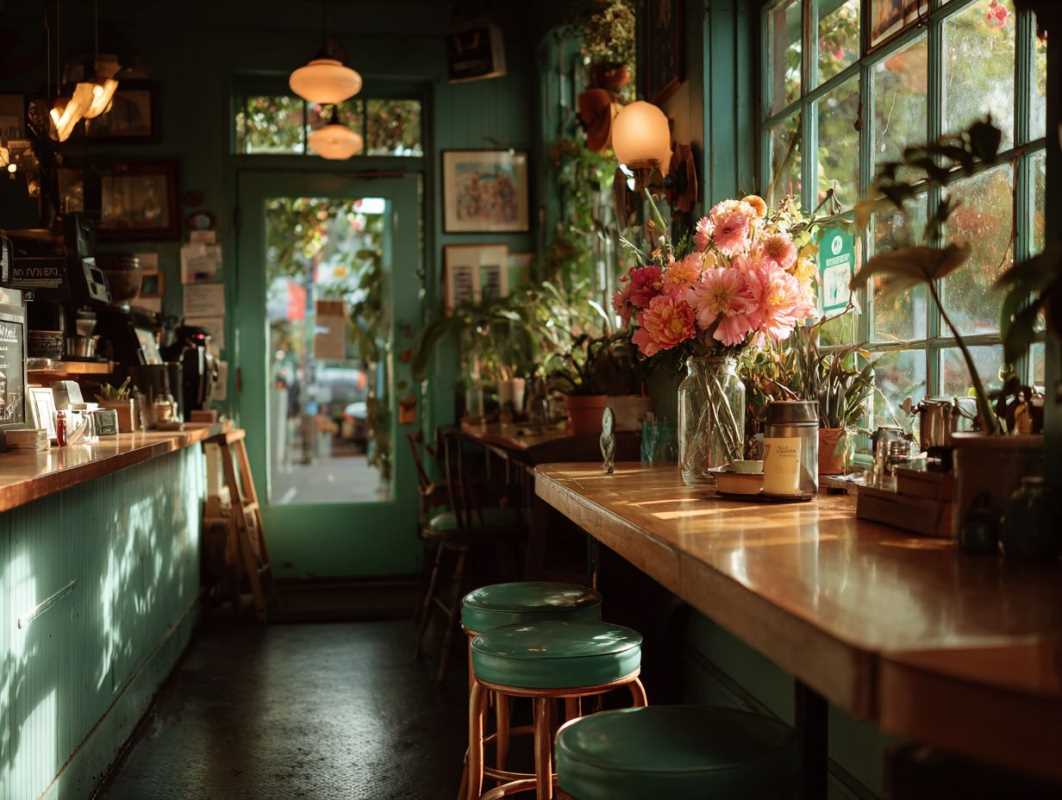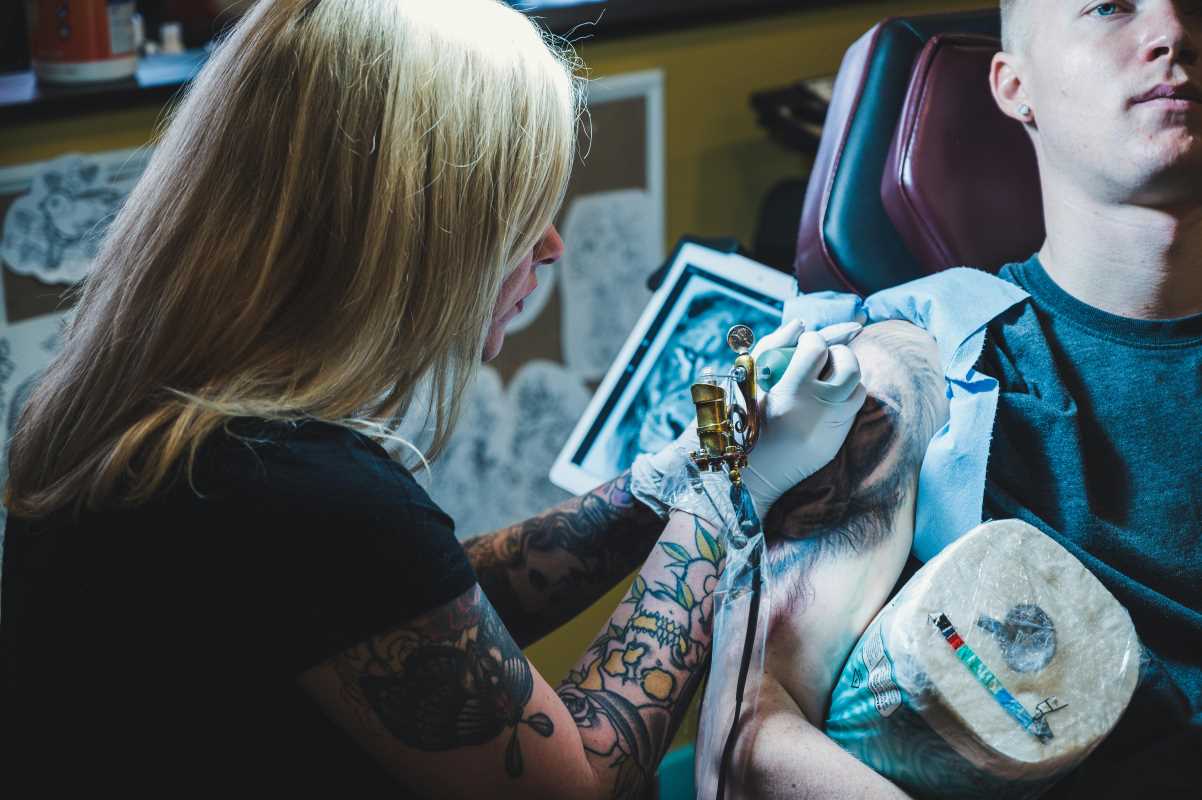Finding the perfect spot for your small café is one of the most important steps in setting up a thriving business. Your location will impact everything from foot traffic to operating costs, determining whether your café becomes a hidden treasure or a local hotspot. But finding the right space isn’t just about spotting a bustling area; it’s a blend of detailed research, budgeting, and strategic planning.
If you’re an aspiring café owner, this guide will walk you through the essential factors to consider when searching for the ideal location. With a little patience and a clear plan, you’ll be ready to turn your small café into a big success.
1. Determine Your Target Audience
Before scouting for potential locations, you need a clear understanding of who your ideal customers are. Knowing your audience will help you select a neighborhood and space that aligns with their needs and lifestyles.
Key Questions to Answer
- Are your customers likely to be city professionals grabbing coffee on the way to work?
- Do you cater to families looking for cozy weekend spots?
- Are you targeting students who want a quiet, affordable space to study?
Identifying your customer base allows you to focus on areas they frequent, ensuring your café feels accessible and convenient to them. For example, a commuter-friendly area near a transit hub would be ideal for a grab-and-go coffee shop, while a family-oriented café might thrive in a suburban neighborhood close to parks or schools.
2. Evaluate Foot Traffic and Visibility
Foot traffic is golden for small cafés. The more people who pass by your café, the higher the likelihood of getting walk-in customers. Evaluate how active a location is before signing a lease.
How to Gauge Foot Traffic
- Visit the location at different times of the day and on both weekdays and weekends. Observe how busy the area is.
- Track whether people are lingering (e.g., near nearby shops and bus stops) or just passing through. Lingering usually signals a higher potential for customers.
- Look for institutions like offices, schools, or gyms nearby that generate a steady flow of people throughout the day.
Visibility Matters
Even a prime spot may not be effective if your café is tucked away from the main street. Ensure passersby can easily spot your signage and storefront. Corner lots or spaces with wide windows facing the street generally work best for attracting attention.
3. Understand the Neighborhood Demographics
The right neighborhood for your café depends on how its demographic aligns with your concept. Spend time researching who lives and works in the area.
Factors to Consider
- Age Group: A bustling downtown might draw working professionals in their 20s and 30s, while a suburban area may attract families.
- Income Levels: High-end markets might require offering artisan menus and premium coffee, while a mid-income area might benefit from affordable, feel-good favorites.
- Lifestyle Trends: Check if locals emphasize health-conscious food, artisanal coffee, or community seating spaces. This helps refine your menu and layout.
Visit other local businesses and observe who their customers are. Shopping malls, gyms, and local events can also give you a good sense of the community culture.
4. Proximity to Competitors
While competition isn’t necessarily a bad thing, having too many similar businesses nearby can dilute your potential customer base.
When Competitors Are a Positive
If competing cafés are thriving in a certain area, it may indicate strong demand for coffee shops. Your unique menu, branding, or ambiance could attract a segment of their audience.
When it Becomes Too Crowded
If the area is oversaturated with small eateries and coffee shops, it can be difficult to capture attention. Look for a nearby niche that isn’t being filled. For example, if all competitors focus on grab-and-go coffee, consider positioning your café as a sit-down brunch spot.
Tools like Google Maps and Yelp are great for scouting competitors and evaluating what they offer.
5. Assess Lease Terms Carefully
Beyond the ambiance and location, lease terms can make or break your profitability. Cafés operate on relatively thin margins, so reviewing the fine print of a lease is critical.
Key Lease Considerations
- Lease Duration: Look for a lease that offers flexibility, such as an initial term of three years with the option to renew.
- Rent Cost: Ideally, rent should not exceed 8–12% of your projected monthly revenue.
- Extra Costs: Check if you’ll be responsible for additional charges like utilities, maintenance, or property taxes.
- Exclusivity Clauses: Ask for a clause that prevents the landlord from renting adjacent spaces to competing cafés.
Consider working with a commercial real estate attorney for a clearer understanding of the lease terms.
6. Work With a Real Estate Agent
If navigating the commercial real estate market feels overwhelming, a qualified real estate agent can be an invaluable resource.
Benefits of Hiring an Agent
- They have access to listings you may not find online.
- They can negotiate lease terms on your behalf.
- Agents often specialize in specific neighborhoods, giving them insights into local market trends.
Find an agent who has experience working with small businesses and understands the needs of food-service operations.
7. Evaluate the Physical Space
The location might be perfect, but can the space itself accommodate your vision for the café? Always take your long-term needs into account when choosing a space.
Physical Space Checklist
- Square Footage: Does the space have enough room for tables, a counter, and kitchen equipment? Consider whether it allows for expansion in the future.
- Plumbing and Electricity: Verify that the existing infrastructure supports commercial appliances like espresso machines and dishwashers.
- Ventilation: Proper ventilation is particularly important for areas near the kitchen or roasting equipment.
- Outdoor Seating: If you’re in a warm, sunny climate, outdoor seating can be a major draw. Confirm zoning laws allow it.
Walk through the space with a contractor if you’re planning renovations and get quotes for any upgrades you’ll need before moving in.
8. Budget Wisely
Even a dream location can become a financial nightmare if you overspend. Set a realistic budget for rent, deposits, and build-out costs.
Tips for Budgeting
- Plan for Upfront Expenses: Beyond rent, initial costs can include permits, new appliances, furniture, and signage.
- Emergency Fund: Ensure you have enough cash reserves for at least three months’ worth of expenses in case sales start slow.
- Negotiate Rent: Landlords are often willing to negotiate supplemental benefits, like free months at the start of the lease, particularly for longer agreements.
9. Test Before You Commit
If you’re unsure about committing to a particular area, test the waters by starting with a pop-up café or food truck. These allow you to build brand awareness and study the customer base without a long-term lease.
You can also attend local farmers' markets and street fairs to gauge interest in your concept and see which neighborhoods generate the highest engagement.
 (Image source: Midjourney)
(Image source: Midjourney) 





